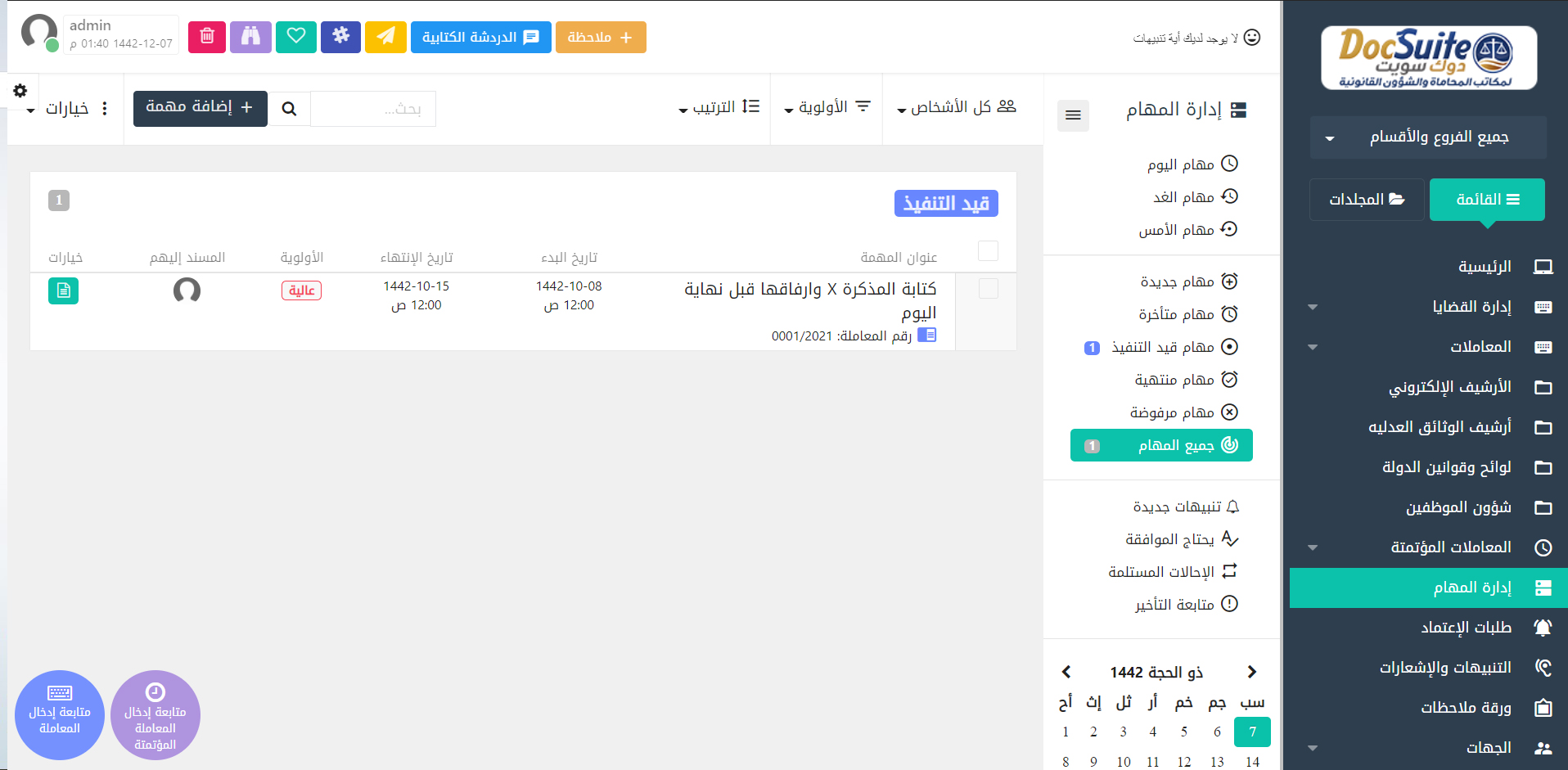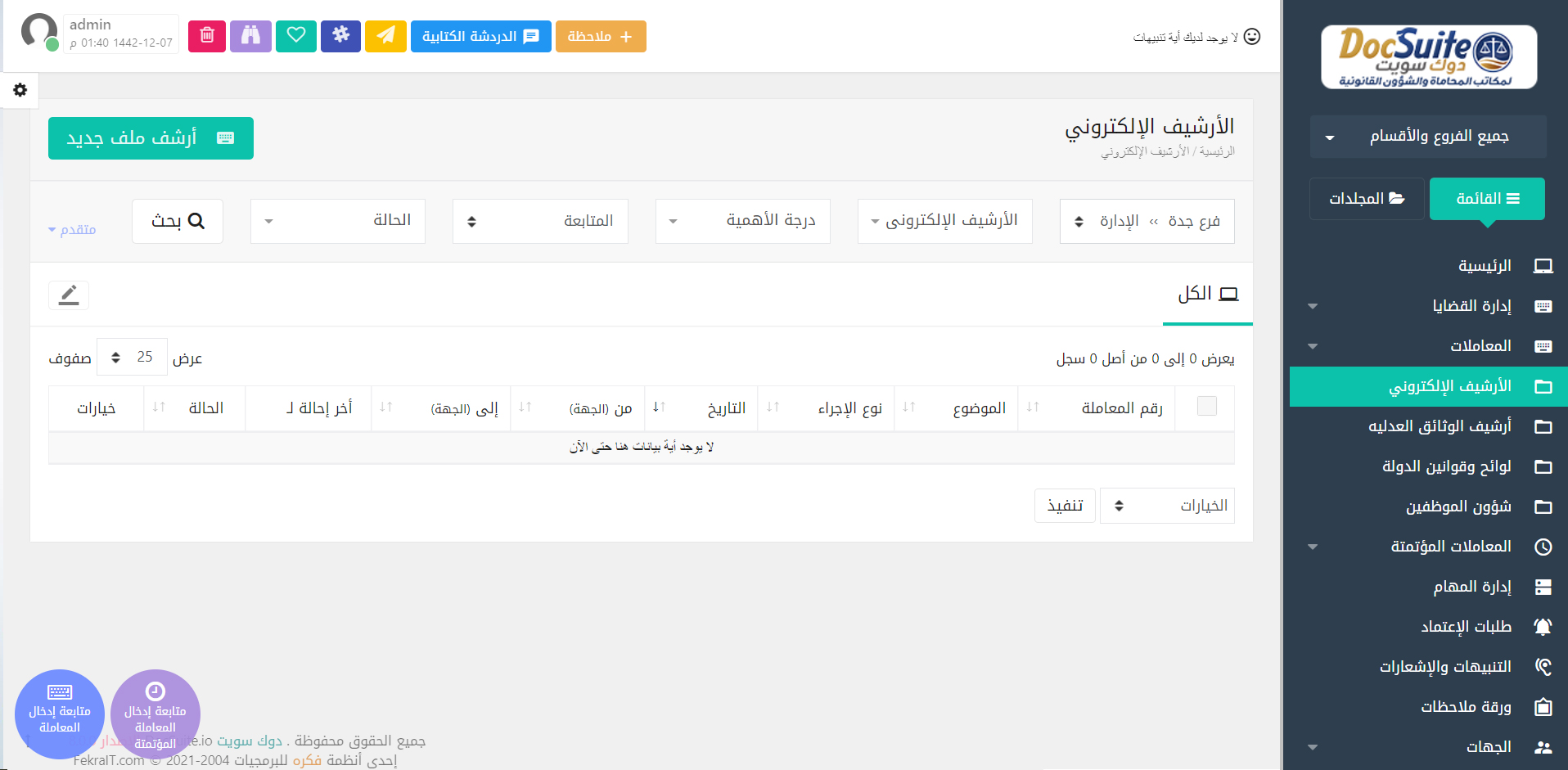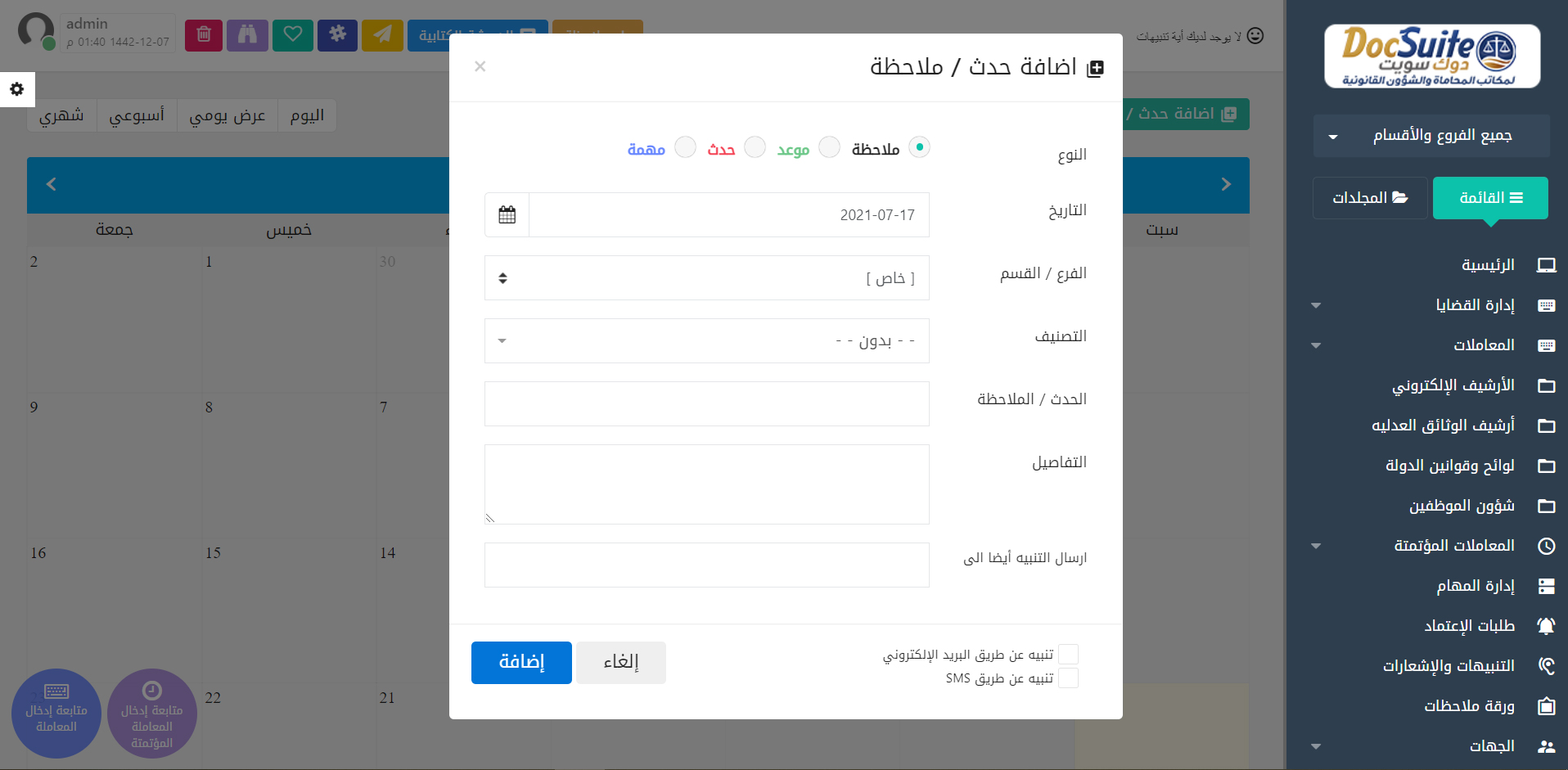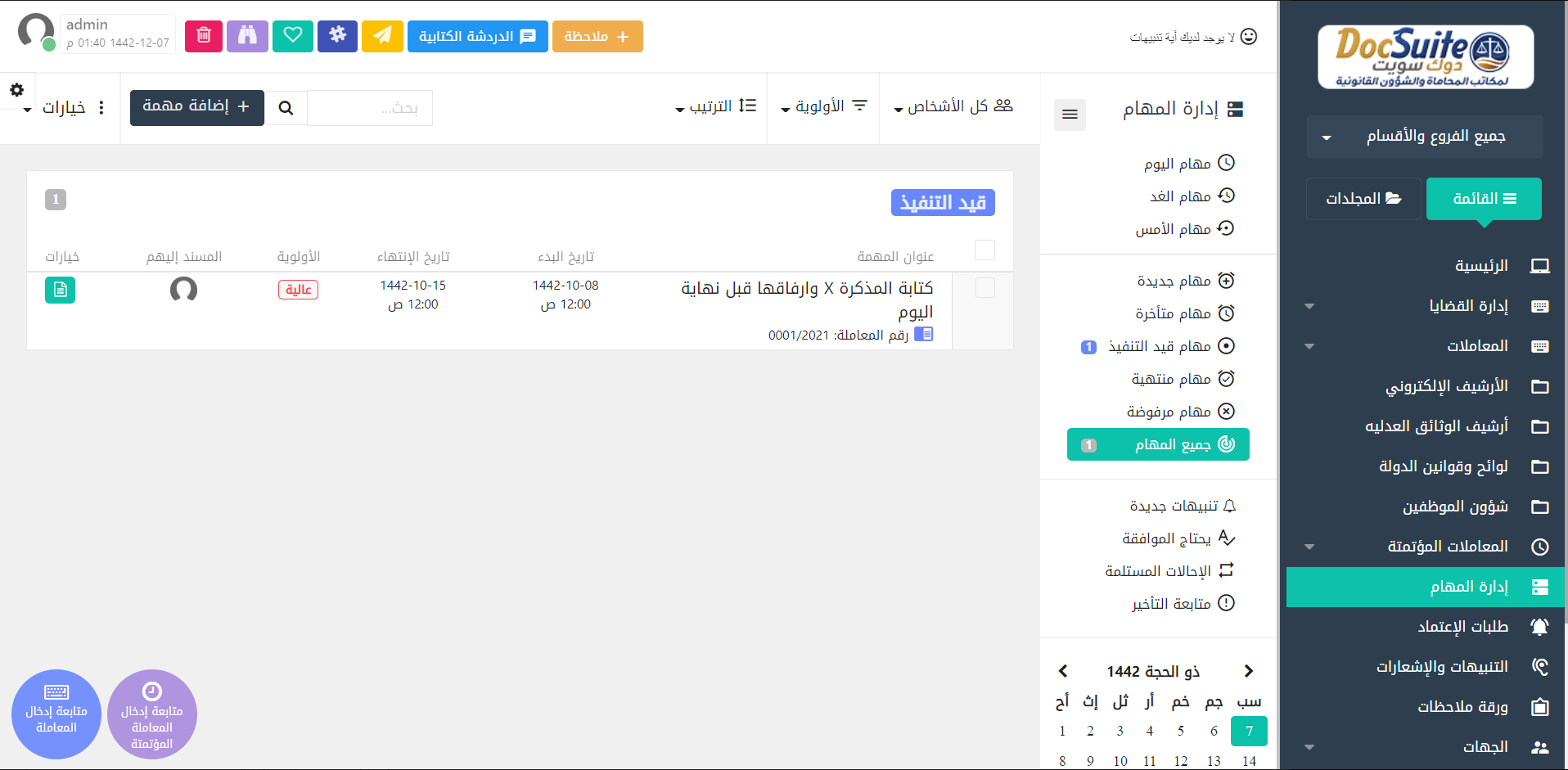Docsuite | Asset Management
Fixed asset management system and trust
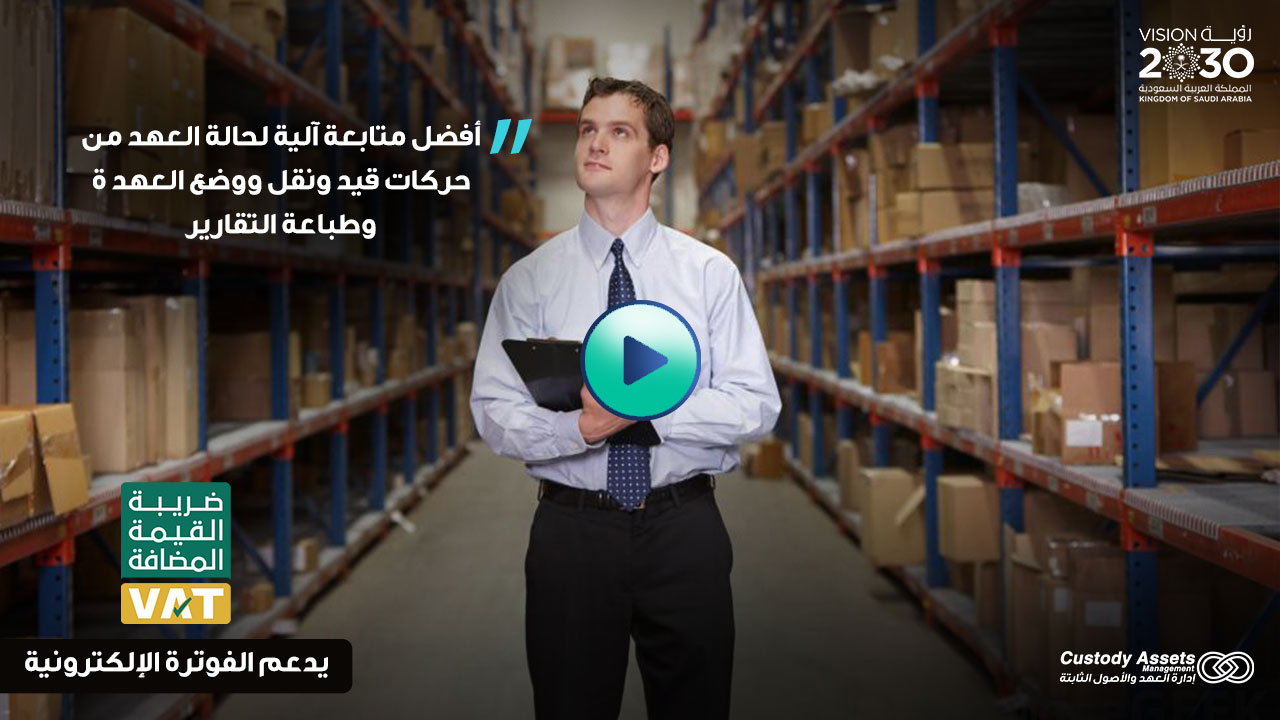
Secure your money and rest assured, DocSuite guarantees the safety of your assets
<div style="text-align: center; "><span style="font-size: 13.92px;">Experience transparency and outstanding performance and benefit from increasing the value of your investments. A unique experience awaits you with docsuite</span><br></div>
Features of the fixed assets and trust management system
Asset registration
It allows for easy recording and documentation of asset information, in order to organize and easily access data.
Follow up on asset depreciation
You can monitor and track asset depreciation and estimate their accounting value to make appropriate financial decisions.
Barcode inventory
Inventories are easier to manage using barcode technology, reducing errors and improving information accuracy.
Covenant record
It is easy to accurately record and track covenants, from receipt to delivery, contributing to increased transparency and streamlining of operations.
Follow up on the status of the covenant
You can easily know and track the status of the covenant with various employees and follow its development at its various stages.
Integrated reports
It provides comprehensive and accurate reports that make it easy to track the performance of assets and covenants, and supports you in making better decisions.
Data security and integrity
It features a strong security system that protects your data from cyber threats and ensures data and information privacy.
Full support for Arabic
It provides an interface and instructions in Arabic, which facilitates the process of use, employee interaction, and greater benefit.
User permissions
Allows you to define and manage user permissions, making it easier to control who can access specific information.

Additional features supported by the electronic archiving program Doc Suite
The electronic archiving program "Dock Suite" provides additional features that excellently support the fixed assets and custody management system. The program provides an easy-to-use interface to organize and classify files and documents structurally, making it easier to search and access them effectively. The program's advanced security system ensures that data and information are kept safe, through access control and data encryption.
With advanced communication and collaboration features, organizations can improve work coordination among their teams, and share files efficiently and securely. Doc Suite contributes to enhancing internal communication and achieving optimal coordination, which enhances the organization's performance and successfully achieves its goals.
We guarantee you...

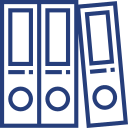
Accurate tracking
You can accurately track fixed and trust assets and control their life cycle from receipt to disposal.
Detailed reports
The system provides accurate reports on the status of the asset and its custody, to help you make important strategic decisions.
Increase efficiency
The system facilitates daily operations such as recording and maintaining assets, reducing manual management effort and time
Reduce loss
Thanks to regular tracking and maintenance, costs are reduced by reducing asset loss and increasing their lifespan.
Improve decision making
Through a series of analysis and evaluation reports, you can make smarter and more strategic financial and management decisions.

Ease of use
The system comes with an easy-to-use interface, allowing users to access and manage information easily.
Improve monitoring
The system contributes to enhancing monitoring of the use and maintenance of fixed assets, which contributes to reducing wastage of resources.

Organizing inventory
The program is used to organize and record inventory using barcodes, to increase inventory accuracy and facilitate auditing operations.

Improve planning
Based on the reports, asset replacement planning and resource management can be improved.
Get a unique experience that combines modern technology and ease of use
Gain absolute control over your assets and save costs while ensuring cybersecurity
Who is this system for?
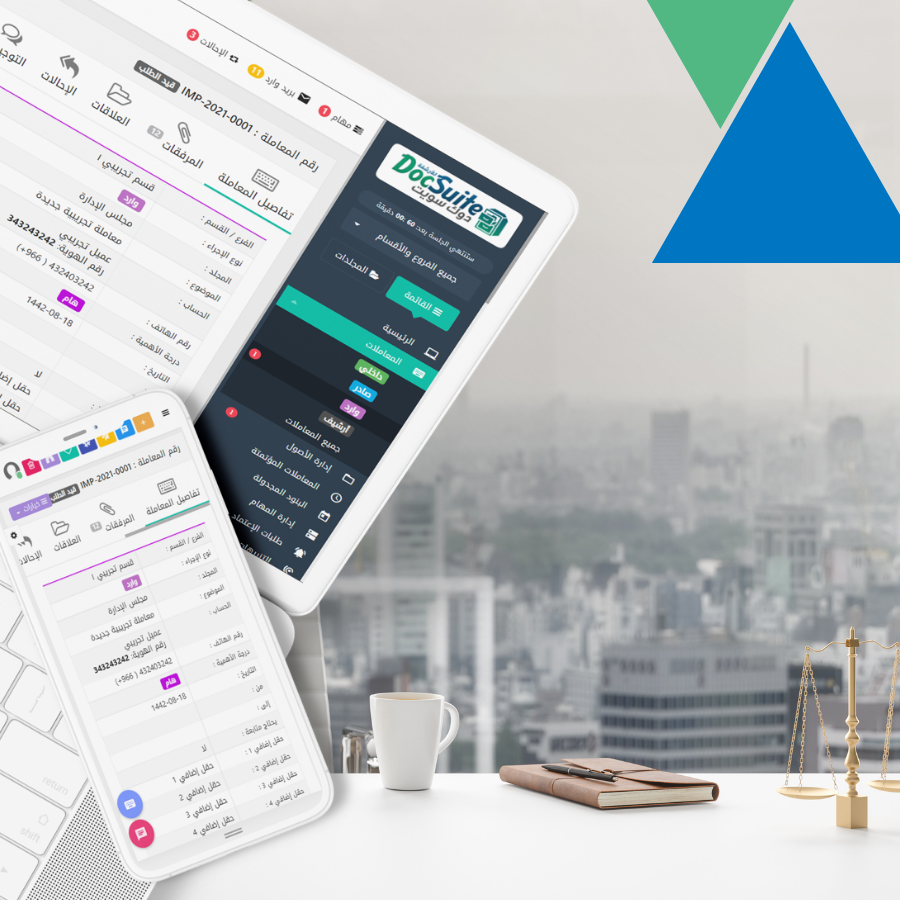
Commercial and industrial companies
The system helps improve the performance of physical assets such as equipment and devices. Companies can track the status and performance of assets throughout their life cycle, organize preventive maintenance and repairs, and update assets in a timely manner. It can also be used to track inventory, and optimize purchasing and supply operations through accurate information about available assets.
Governmental institutions
DocSuite contributes to improving transparency and honesty in public asset management. It can be used to track and manage government property and assets, from equipment and vehicles to buildings and other property. Reduced costs and increased efficiency can be achieved by providing accurate information to improve customization and maintenance.
Multi-branch institutions
In organizations with several branches, a fixed asset and custody management system is an ideal solution for organizing and unifying management processes. It can be used to track assets and covenants across all branches in a unified manner and update asset information effectively. This provides great facilitation of the exchange of information between branches, saving time and effort in follow-up operations.
financial institutions
The system is of great importance in tracking and managing financial assets such as money, investments and securities. Financial information can be recorded and updated regularly, which helps generate accurate and complete financial reports. It is possible to analyze the financial performance of assets and make informed investment decisions. In addition to providing a detailed record of financial transactions.
When is this system not suitable for your institution?
Have limited resources
If your organization has limited resources in terms of time, money and staff, it may be difficult to allocate the resources necessary to implement and manage an asset management system efficiently.
Your operations are not complicated
If your organization's operations are simple and uncomplicated, and do not include a large pool of assets or covenants, an asset management system may be redundant for the organization.
Your team is limited in number
If you have a limited staff and do not face significant challenges in managing physical assets, it may be difficult to devote the time and effort to implementing and managing the system effectively.
It does not operate under an administrative system
If your organization does not operate an organized management system at all, and you prefer simple and manual methods, it may be difficult to adopt and implement an asset management system from the beginning.
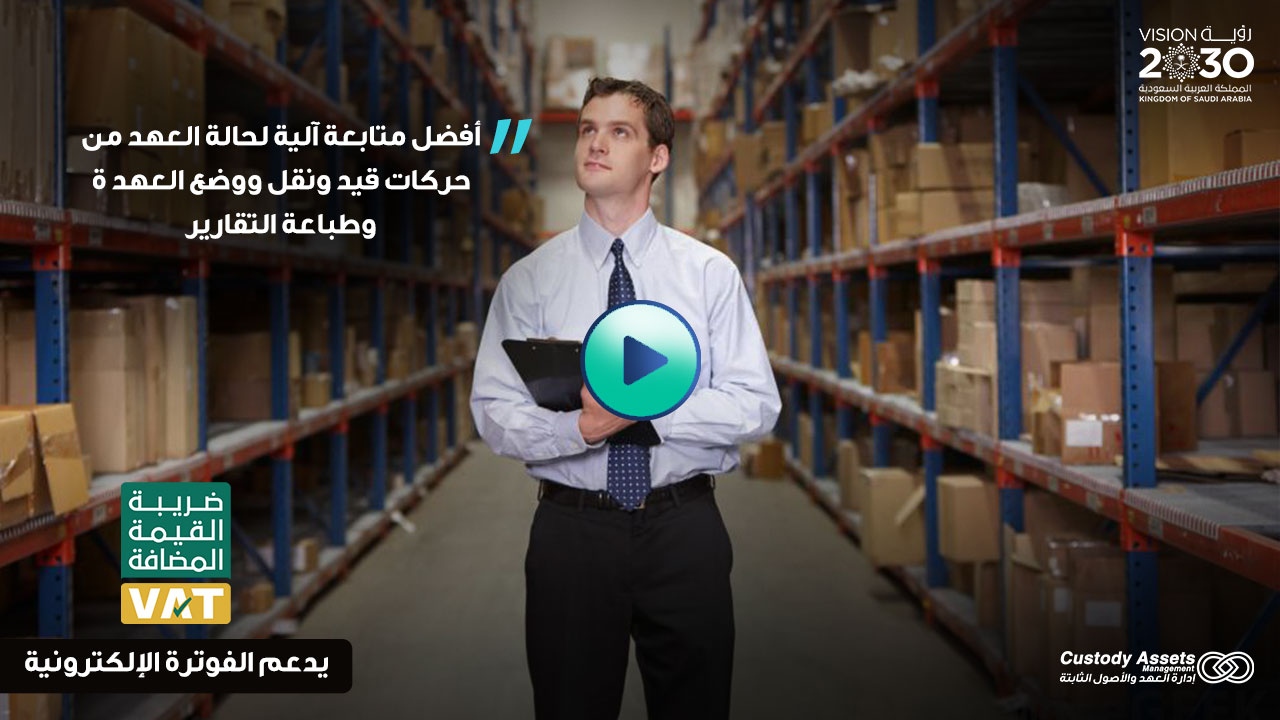
Common Questions
Fixed asset management and covenants play an essential role in achieving corporate success and ensuring their continuity. It helps organize and track assets and property efficiently, which contributes to improving operational efficiency and making decisions based on accurate data. They also help achieve compliance with accounting and tax laws and regulations, optimize resource utilization and plan effective replacement and maintenance of assets. By monitoring the status of covenants and assets, you contribute to increasing transparency and reducing legal risks. In this context, an integrated system such as “Dock Suite” comes to support these processes in an effective and simplified manner, which contributes to successfully achieving this importance.
- Fixed asset and covenant management represents a vital part of the success of any company, as it offers many benefits and advantages that contribute to achieving the company's goals and enhancing its performance. Its importance includes:
- Improving operational efficiency: It helps in tracking and managing assets effectively, which increases their optimization and reduces overhead costs.
- Increased transparency: enables accurate monitoring and tracking of assets and covenants, which contributes to achieving greater transparency in financial and administrative operations.
- Data-based decision making: Provides accurate reports and analyzes on the status of assets and covenants, which contributes to making strategic decisions based on real numbers.
- Compliance with Laws and Regulations: Helps comply with accounting and tax laws and regulations, reducing legal risks.
- Improved planning and forecasting: enables the identification of asset performance trends, which helps in planning their replacement or upgrade effectively.
DocSuite contributes to achieving this importance by providing an attractive and easy-to-use interface for managing fixed assets and covenants. It provides simplified registration of assets and covenants and monitoring of their depreciation and condition, making it easier for companies to implement accurate and secure procedures. It also provides integrated reports and accurate analyzes that support decision-making processes, and ensures cybersecurity to protect company data and ensure legal compliance. Thanks to these features, DocSuite helps companies achieve the benefits of managing fixed assets and covenants efficiently and with high quality
Using barcode inventory is an effective way to improve the accuracy and effectiveness of asset management, as it offers many advantages. Here's how it can achieve this:
- Increased accuracy: By using barcodes, manual data entry error is reduced, reducing the possibility of data errors and increasing the accuracy of asset information.
- Save time: Inventorying using barcodes speeds up the process of recording and reviewing assets, saving time and effort spent on asset management.
- Simplify operations: Barcodes facilitate smooth and easy asset tracking, as scanning the barcode is enough to record data instead of entering it manually.
- Improve audit accuracy: Barcodes can be used during inventory to verify assets and ensure that the data entered matches reality.
- Reduce asset loss: By registering barcodes, it becomes easier to track the location and condition of assets, reducing asset loss or theft.
- Increased transparency: The movement of assets can be accurately followed and their location and condition easily known through the use of barcodes.
- Reducing training costs: Using barcodes is a simple and easy method that reduces the need for expensive training for workers on the system.
Using barcode inventory, asset management becomes more accurate and effective, which contributes to improved company performance and competitive advantages.
A trust register is an essential component of the asset management process, as it plays an important role in tracking and documenting the movement of assets and property within an organization. Here is the role of the covenant registry in the asset management process:
- Documenting transfers and ownership: A trust register records the transfer of property from one person to another or from one department to another within the organization. This includes a record of covenant details such as the date and time of the transfer, the people involved, and a description of the covenant.
- Tracking the status of assets: Through the trust register, the status of assets can be tracked from receipt until delivery. This makes it easier to determine the condition of assets and know if they are under maintenance or have been used in a particular project.
- Improving transparency: The covenant registry contributes to greater transparency regarding the movement of assets within the organization. Different teams can see who currently holds the asset and what its status is.
- Providing accurate reports: By recording covenant details, accurate reports can be generated about the movement and use of assets. These reports help in making strategic decisions based on accurate information.
- Maintaining security: The covenant register contributes to maintaining the security of assets and preventing loss or theft. It becomes easier to track who owned the asset and when the transfer took place.
In short, the role of the covenant registry is to record and document the movement of assets and property within the organization, which contributes to achieving greater transparency and improving the overall asset management process.
Implementing a fixed asset and trust management system may present companies with some challenges. Here are some of these challenges:
- Align with existing processes: Major system shifts are something companies need to handle carefully. It can be difficult to integrate an asset management system with existing processes and avoid conflicts.
- Availability of resources: Implementing an asset management system requires allocating financial and human resources for training, development and implementation, which can be challenging for companies facing financial constraints or skills shortages.
- Changing an organization's culture: It can be difficult to change an organization's culture and achieve sustainable adoption of the new system. Companies may face resistance from some employees who prefer to use traditional methods.
- Collecting basic data: Documenting basic information and data about fixed assets and custody can be a challenge in itself, especially if this data is distributed across different systems.
- Updating data regularly: Data must be updated regularly to ensure its accuracy and validity. This requires time and effort to maintain data quality.
- User training: Company employees must be trained to use the new system and understand how to carry out operations through it. This can be especially challenging when there is a wide diversity of skills and backgrounds.
- Integration challenges: If the company has other systems in place (such as an accounting system or human resources management system), integrating them with the asset management system may be a challenge that requires additional effort.
- Changing Asset Projects: Changes in asset-related projects that require frequent data updates can be a challenge, especially if these changes occur frequently.
Despite these challenges, they can be overcome through good planning, allocating the necessary resources, and developing effective strategies to successfully implement a fixed asset and trust management system.
Implementing a fixed asset and trust management system requires good planning and careful implementation to ensure success. Here are the basic steps that can be taken to successfully implement the system in a company:
- Determine goals and requirements: Before starting, define the goals of implementing the asset management system. Do you want to improve asset inventory, track covenant performance, or improve asset utilization? Then determine the requirements that must be met to achieve these goals.
- Choosing the right system: Find an asset management system that matches your company's needs. Compare the different features and capabilities of available systems and choose the system that best meets your needs.
- System Customization: Customize the system to fit your company's structure and operations. Set up classifications, background information, and criteria for asset inventory and covenant tracking.
- Employee Training: Train your employees to use the system effectively. Include training on how to enter and update data, generate reports, and use system features in general.
- Data Entry: Enter basic data for assets and covenants into the system. This data includes purchase information, value, location, maintenance status, and more.
- Trial and test the system: Before fully implementing the system, conduct trials and tests to ensure that the system is working properly according to expectations.
- Implementing the system: After ensuring that the system is ready, implement it formally in all departments of the company concerned with managing assets and covenants.
- Evaluate and improve: After implementing the system, evaluate its performance regularly. Look at what works well and what needs improvement. Make adjustments and improvements as needed.
- Ongoing training and support: Continue to provide training and support to employees on using the system and making the most of it.
- Improve operations: Leverage system data and reports to improve asset and covenant operations. Make strategic decisions based on available analyzes and data.
Remember that implementing a fixed assets and covenants management system depends on steps tailored to the needs and circumstances of your company, so it is preferable to work with a specialized team to ensure successful implementation.
A fixed asset and trust management system can contribute significantly to reducing maintenance costs and improving overall asset utilization through several ways:
- Preventive maintenance planning: The system can track the dates and patterns of preventive maintenance for assets, allowing the company to organize maintenance in a timely manner before breakdowns occur. This reduces emergency repair costs and extends the life of the asset.
- Warranty history tracking: The system can record warranty expiration dates for assets, which helps identify periods when assets may need intensive maintenance.
- Improve asset allocation: The system can record asset usage and performance in greater detail, which helps identify the most expensive assets to maintain and focus on improving their performance.
- Optimize replacements: By tracking the performance and actual condition of assets, a company can determine the optimal time to replace assets before they become ineffective or require costly maintenance.
- Optimizing Asset Utilization: By tracking asset utilization and identifying periods of time when assets are not actively being used, actions can be taken to increase their utilization and reduce storage and maintenance costs.
- Improving investment decisions: The system can provide analytical reports on asset performance and maintenance and operating costs. This information helps in making smarter investment decisions to purchase new assets or renovate old ones.
- Optimize forwarding: By recording the history of forwarding and tracking the path of assets after forwarding, asset allocation can be optimized and ensure they are optimally used after forwarding.
Overall, an asset management system can provide a company with accurate data and data-driven analytics to improve maintenance and use assets more effectively, reducing costs and increasing profits.
Tools provided by DocSuite to support you in your digital transformation journey

Comprehensive library
Check out a wide range of educational resources and inspiring success stories
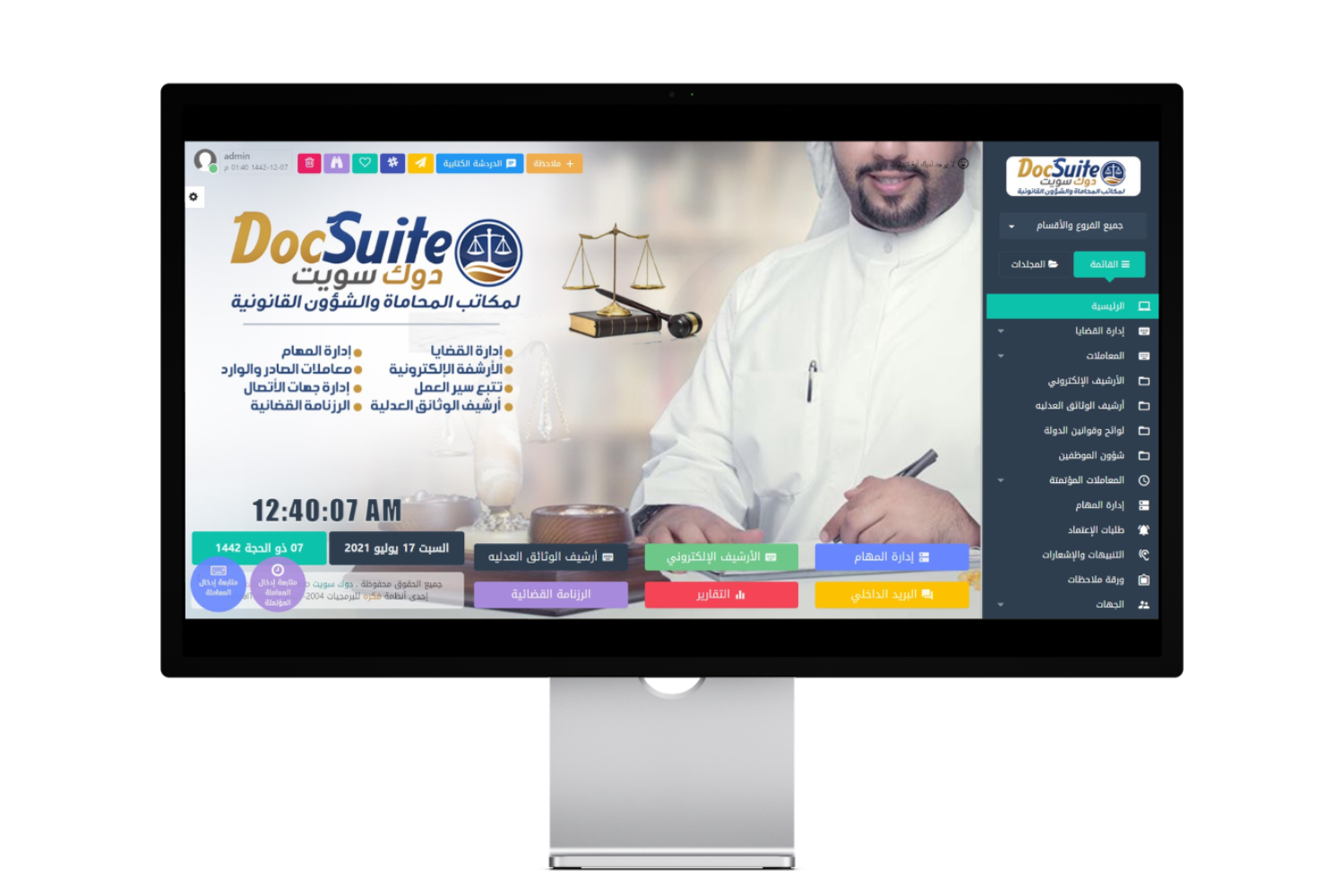
Definition of the trust and asset management system
Campaign now and review all the features, benefits and capabilities offered by the system

DocSuite application
Take advantage of mobile applications and use DocSuite anytime and anywhere






